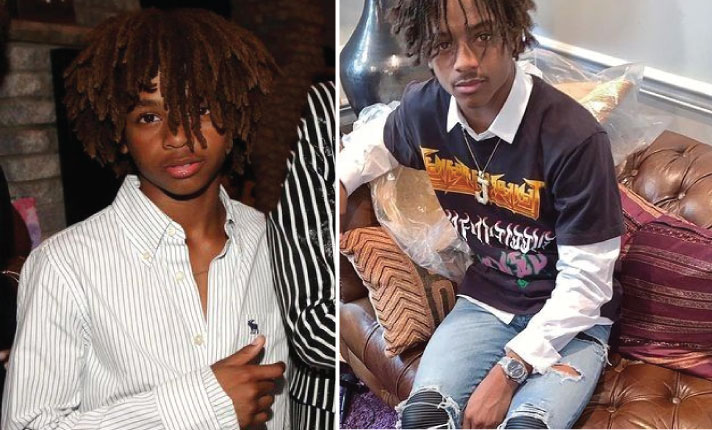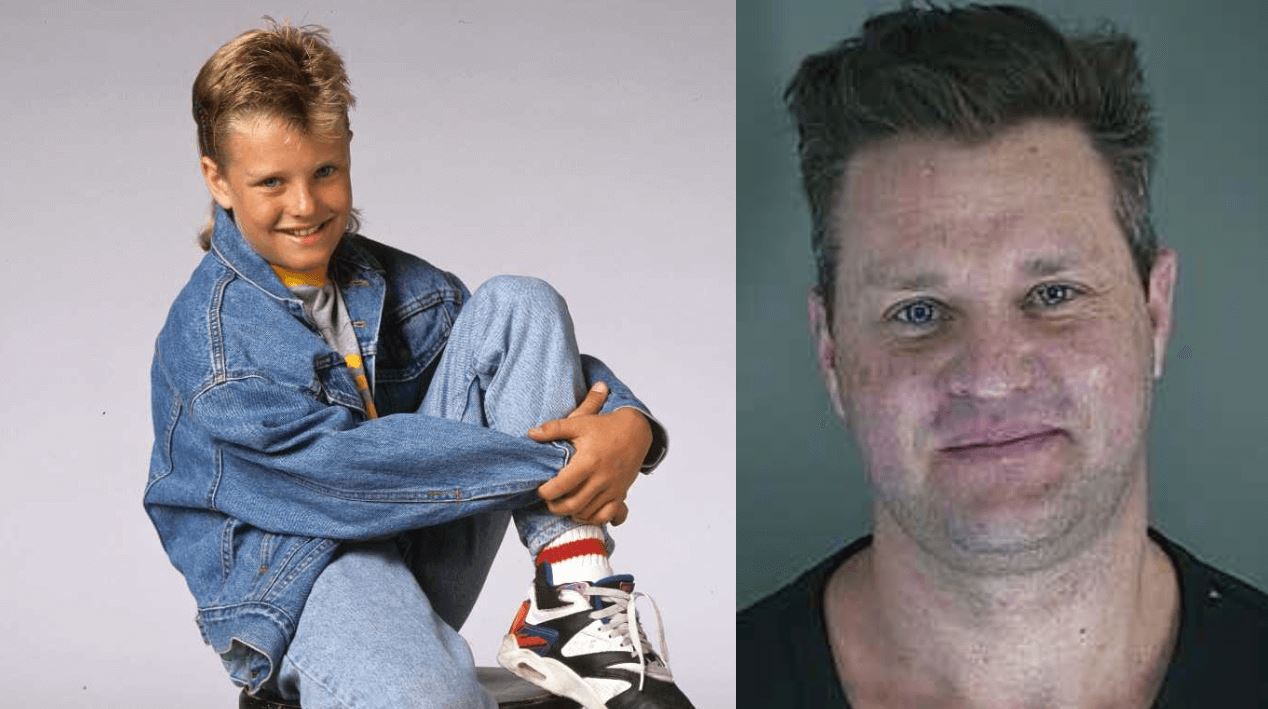Chicago’s City Council has undergone a remarkable transformation, evolving from an overwhelmingly white and male-dominated institution to one that reflects the rich diversity of the city it represents. This shift is a testament to the progress made in Chicago’s political landscape, where inclusivity and representation have taken center stage. Today, the Council stands as the most diverse in Chicago’s history, with a composition that mirrors the people it serves.
During the inaugural meeting of the newly elected alders on May 24, 2nd Ward Alderman Brian Hopkins proudly declared, “This is the most diverse City Council in Chicago history.” Mayor Brandon Johnson echoed this sentiment by highlighting the Council’s committee appointments, stating that it is “the most diverse group of Council chairs in Chicago history.” This groundbreaking milestone includes seven Latinx chairs, with the first Latina chairwoman, along with other notable achievements.
Breaking Down Barriers
The journey toward diversity and representation has shattered many barriers that once hindered progress. Alderman Pat Dowell’s appointment as the first woman Finance Committee chair signifies a significant step forward. Alderman Walter Burnett also made history as the first Black vice mayor, symbolizing the Council’s commitment to inclusivity. Mayor Johnson openly recognized the achievements and apologized for not having a historical designation for Alderman Samantha Nugent, who became the new president pro tem, emphasizing the Council’s commitment to equity and inclusivity.
A Tapestry of Diversity
The current City Council reflects the vibrant tapestry of Chicago’s ethnic diversity. With 20 Black, 14 white, 14 Latino, and two Asian alders, the Council’s composition mirrors the diverse demographics of the city. Despite the Black population loss leading to a decrease in their representation, three Black alders now represent North Side wards where Blacks are in the minority. Furthermore, the Council boasts a remarkable feat with nine openly LGBTQ+ alders, making it the most LGBTQ+-inclusive City Council in the nation. While the Council has not yet achieved gender equity, with 32 male and 18 female alders, it still surpasses the U.S. Congress, which stands at only 29 percent female representation.
A Tale of Transformation
To truly appreciate the magnitude of change within the City Council, it is essential to reflect on its evolution over time. In 1976, only three women served as alders, with no Latinos or openly LGBTQ+ members, despite Illinois being the first state to repeal its sodomy law in 1961.
The concept of diversity then meant assembling individuals of different ethnic backgrounds on the same committee. Men with names like Shannon, Joyce, Oberman, Adduci, Kwak, Stemberk, Zydlo, Roti, Vrdolyak, Bilandic, Burke, Marzullo, Fifelski, Gabinski, Lipinski, Pucinski, Wilinski, Hagopian, and Laurino dominated the Council. During that time, whites constituted 60 percent of Chicago’s population, while Blacks made up 32 percent.
The dominance of white ethnic politicians, under the leadership of Mayor Richard J. Daley and his Regular Democratic Organization, was emblematic of Chicago’s political landscape in the past. The city was run by a white ethnic majority, and the Council reflected this reality, with the Democratic Organization controlling 48 out of 50 seats. While the Chicago Tribune celebrated Daley’s victories, the absence of Republican representation concerned them more than the lack of diversity in power. This political scenario perpetuated a culture where white ethnic groups wielded significant influence politically and culturally.
Shifting Demographics and Representation
The demographic makeup of Chicago has significantly changed since those times. The disappearance of Polish names from the City Council is reflective of the migration of the Polish community to the suburbs. Dominic Pacyga, author of American Warsaw: The Rise, Fall, and Rebirth of Polish Chicago, attributes this change to the fact that “90 percent of Poles live in the suburbs.” As Polish residents moved out of neighborhoods like Brighton Park, Archer Heights, and Avondale, the Latino community stepped in and claimed City Council seats.
A Changing Landscape
Today, the Chicago City Council showcases a changing landscape. Ed Burke, who held on to his position in the 14th Ward for 54 years, finally retired, making way for Jeylu Gutierrez, reflecting the transition from white to Latino representation.
While some white ethnics have moved to suburban areas, those who remain, such as police officers, firefighters, and water department supervisors, reside in neighborhoods like Norwood Park, Edison Park, Clearing, Beverly, and Mount Greenwood. In these areas, alders with Irish and Italian heritage, such as Nicholas Sposato, Anthony Napolitano, James Gardiner, Marty Quinn, and Matt O’Shea, continue to serve. Nevertheless, the current City Council makeup indicates that whites are underrepresented, comprising 33 percent of Chicago’s population but holding only 28 percent of the Council’s seats.
A New Era of Inclusivity
The evolving demographics and changing face of the City Council represent a crucial turning point in Chicago’s history. The transition from white ethnic dominance to a diverse and inclusive representation is a testament to progress. With immigrant groups finding their place in the American mainstream and gaining political influence, the time has come for new voices to be heard.












